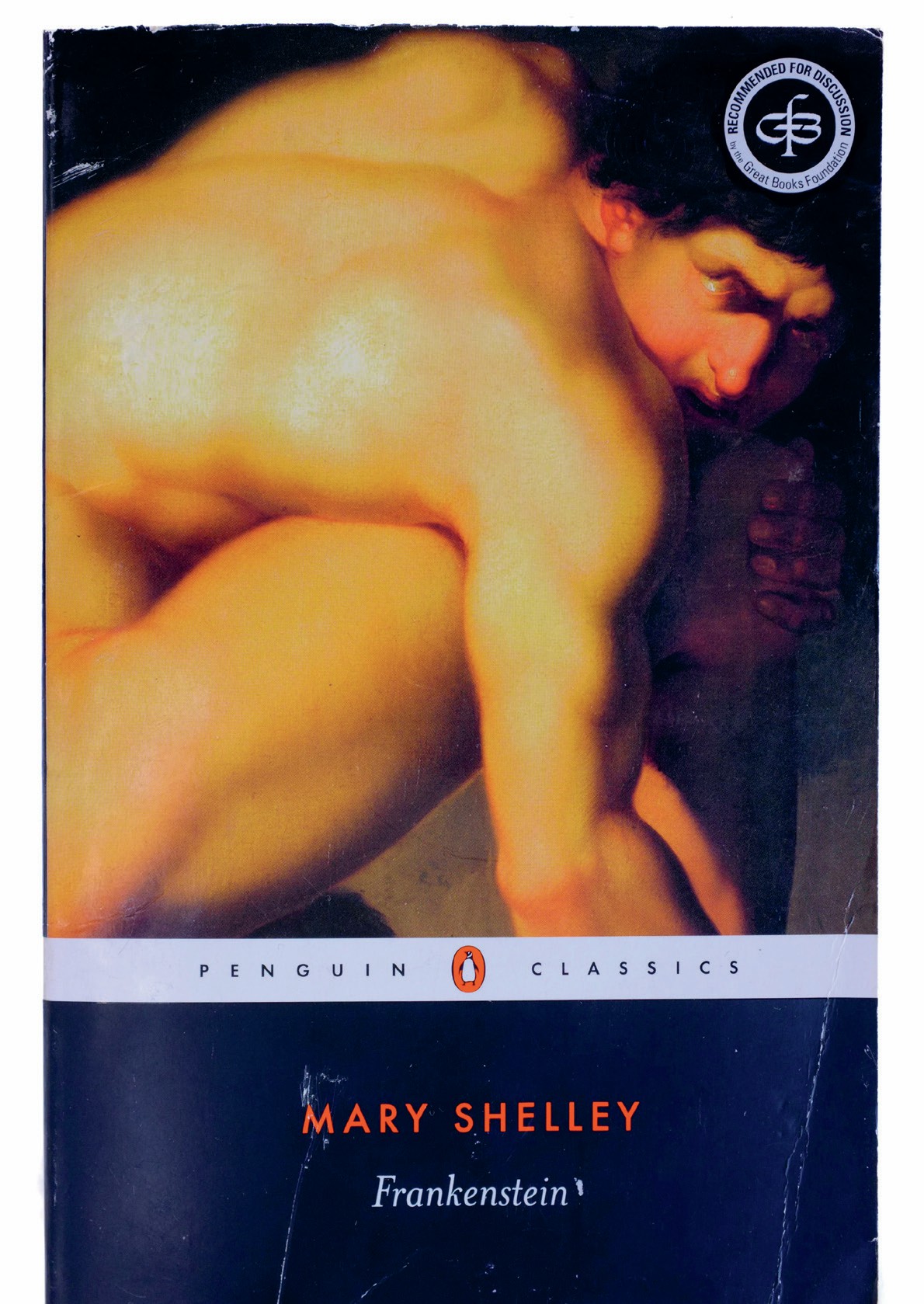
During a dismal summer in Switzerland in 1816, the poet Lord Byron challenged his houseguests each to write a ghost story. Amidst a vast Alpine landscape and foreboding rumbles of thunder, one of his guests — 18-year-old Mary Shelley — was keen to impress. After a slow start, she eventually assembled one of the most extraordinary gothic novels ever written. Just as the monster was patched together from snatched body parts, Shelley claimed that her story was born, in part, from snatched fragments of conversation between her husband Percy Bysshe Shelley and Byron, who chattered endlessly about breakthroughs in natural philosophy, the forerunner of science. This tale may ‘curdle the blood and quicken the beatings of the heart’ (Shelley 1831), but when these visceral reactions have abated, what remains is a far more haunting message about human needs and potential.
Contrary to countless popular portrayals, the story begins not in a laboratory or a graveyard but with the polar explorer, Robert Walton, who is seeking to reach the North Pole. Themes of ‘uncharted territory’ and crossing of ‘invisible lines’ (be they latitude or morality) merge throughout the book. After months at sea, Walton’s men are shocked when they spot a huge creature in the distance, and then encounter a half-frozen man. The man is Victor Frankenstein, a scientist, who warns Walton not to let ambition be his downfall, as was the case for him.
Your organisation does not have access to this article.
Sign up today to give your students the edge they need to achieve their best grades with subject expertise
Subscribe



